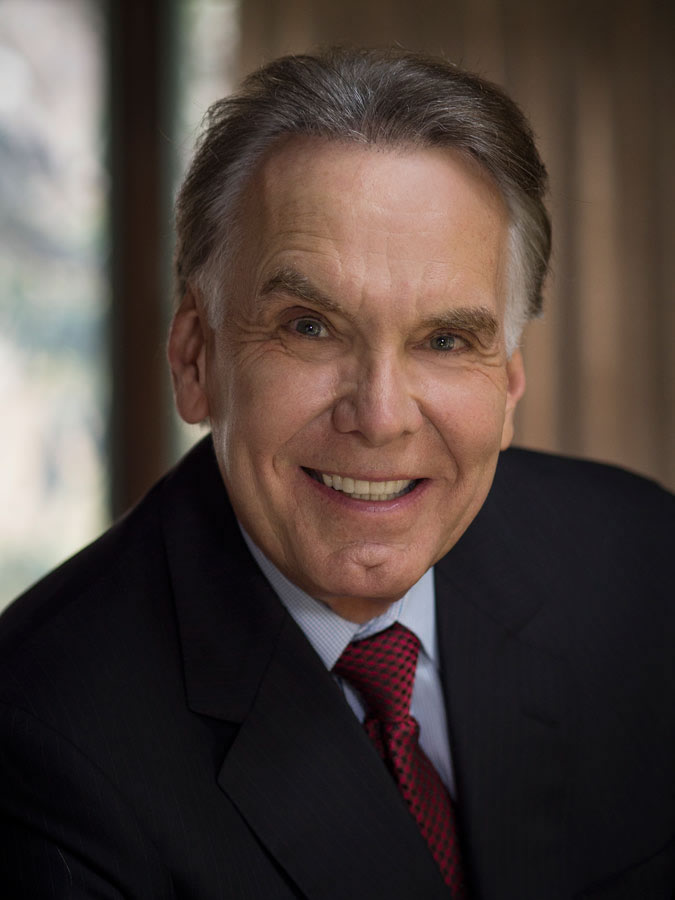Power of Paradigms: Rethink you thinking
Thomas S. Kuhn introduced the concept of paradigms to the scientific world twenty-five years ago in The Structure of Scientific Revolutions. Kuhn, a scientific historian, considered paradigms a whole new way of looking at and predicting possible outcomes. He wrote that scientific paradigms are ‘‘accepted examples of actual scientific practice, examples which include law, theory, application, and instrumentation together . . . [that] provide models from which spring particular coherent traditions of scientific practice.’’ Joel Arthur Barker, teacher, advertising executive, corporate trainer, and author of Future Edge: Discovering the New Rules of Success, introduced the concept of paradigms to the corporate world with great success.
But what is a paradigm?
A paradigm is a set of rules, mind-sets, regulations, or procedures that create boundaries or limitations and tell you how to conduct your behavior (make your choices) within those boundaries or limitations in order to meet with success. A paradigm is a filter through which we perceive, interpret, and understand our reality and our options. For example, if you were born with red sunglasses on, everything you see would be tinted red. But suppose you met a man wearing green sunglasses. You wouldn’t know that he saw the world differently from you. Everything you see is red. Each of you would experience reality in a different color and not know it. You’d say the world is red. He’d say the world is green.
Who’s right? This could lead to disagreement, arguments, or war. You would both believe you were right and, given your limited awareness, you both would be. Whether it’s Apple or Facebook, the United States of America or Iran, upon close examination you will discover each culture contains an amalgam of paradigms. We can see paradigms of how children should be raised, what values are important, or how we
deal with relationships.
A paradigm is like a board game. The nature of the board, no matter the size, creates boundaries that limit the field of play. Take chess, for example. Chess has a very rigid set of rules. In order to win, you must plan a strategy, be somewhat flexible, and make the correct moves. If you go outside the rules and decide to play by the rules of checkers, jumping and eliminating the pieces, you would be disqualified.
In the mid-1970s I attended a convention with several speakers including Marilyn Ferguson, Joseph Campbell, and a wonderful, wild character by the name of Richard Bandler, who began his workshop by throwing a stool across the room and muttering some unprintable comment about genetics. After studying the techniques of noted hypnotherapist Milton Erickson and the humanistic psychologist and teacher Jean Houston, Bandler and linguistics professor John Grinder developed a philosophy of their own called Neuro-Linguistic Programming, or NLP. Bandler and Grinder believe our behavior comes out of our programmed belief systems (components of our paradigms) and that we could learn to change any behavior we choose with the proper tools.
Bandler used maps as a metaphor for paradigms. According to Bandler, we all carry our own maps with us. They interpret how we see the world; they show us the way things are and the way things should be. The maps of the way things are provide us with our reality; the maps of the way things should be create our judgments. Our maps are the result of events, the beliefs of our families, peer groups, teachers, religious leaders, the elements of our environments, and genetics, too. Some of these maps we can’t change; some we can.
It is important to note that no map is the actual territory, but simply a representation of the territory. Alfred Korzybski reflects in Science and Sanity, ‘‘Important characteristics of maps should be noted. A map is not the territory it represents, but if correct, it has a similar structure to the territory, which accounts for its usefulness.’’
A map is never ‘‘real.’’ And if the map is flawed, you can get lost. Pretend you are in New York City, and you want to find a specific location in Greenwich Village. You are given a map at the Port Authority Bus Terminal and sent on your way. But try as you may, you are totally lost. You are frustrated, angry, and scared. At first you think something must be wrong with you, that it’s your fault. You remember a book you once read on positive thinking. Try harder, persist, think positive, and smile. But that doesn’t work. It just makes you feel guilty, remember? Finally you get there by asking directions and eventually discover that the mapmaker had made a mistake. All the energy you expended was wasted because of the map, not because of your lack of positive thinking, energy, resourcefulness, persistence,
commitment, or intelligence.
WE SEE THE WORLD, NOT AS IT IS, BUT AS WE ARE.
We interpret our experiences through our mental maps without ever questioning their accuracy. It is natural to assume that the way we view things is not only the way they really are, but the way they should be. Our attitudes, choices, and actions grow out of these basic assumptions. We assume that our reality is the only reality.
By learning to rearrange our maps to match the way things are rather than the way we want them to be, we can eliminate a great deal of stress, but first we have to recognize that other possibilities exist.
Maybe it is time to rethink your thinking.

James Mapes is the founder of Quantum Leap Thinking™, creator of The Transformational Coach™, expert on the psychology of “applied imagination,” best-selling author, highly acclaimed business speaker, consultant, seminar leader and personal excellence coach.
